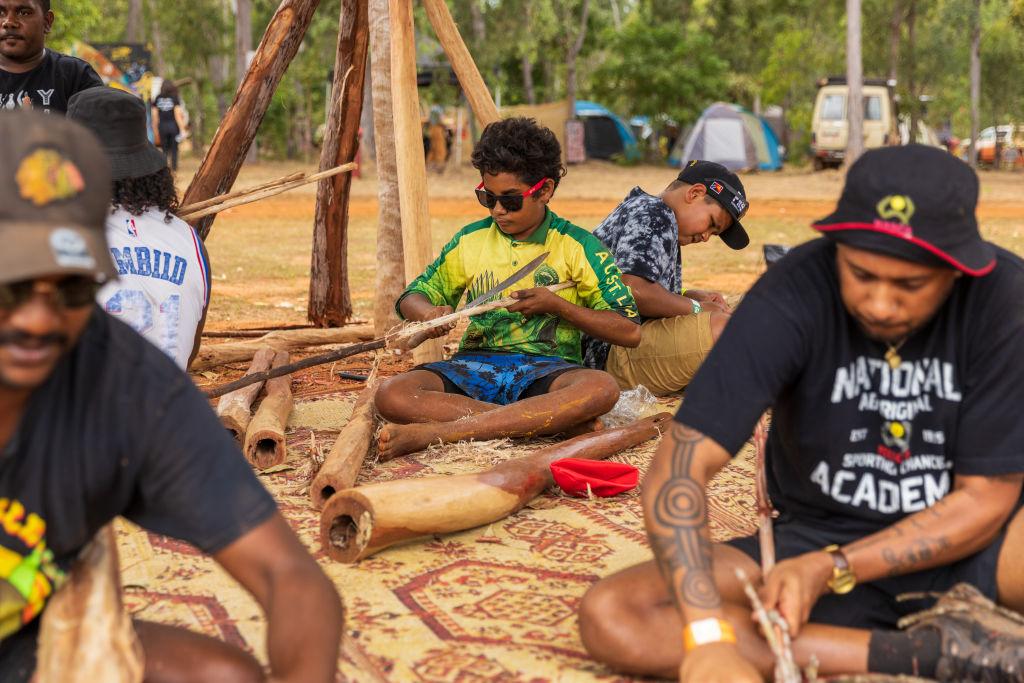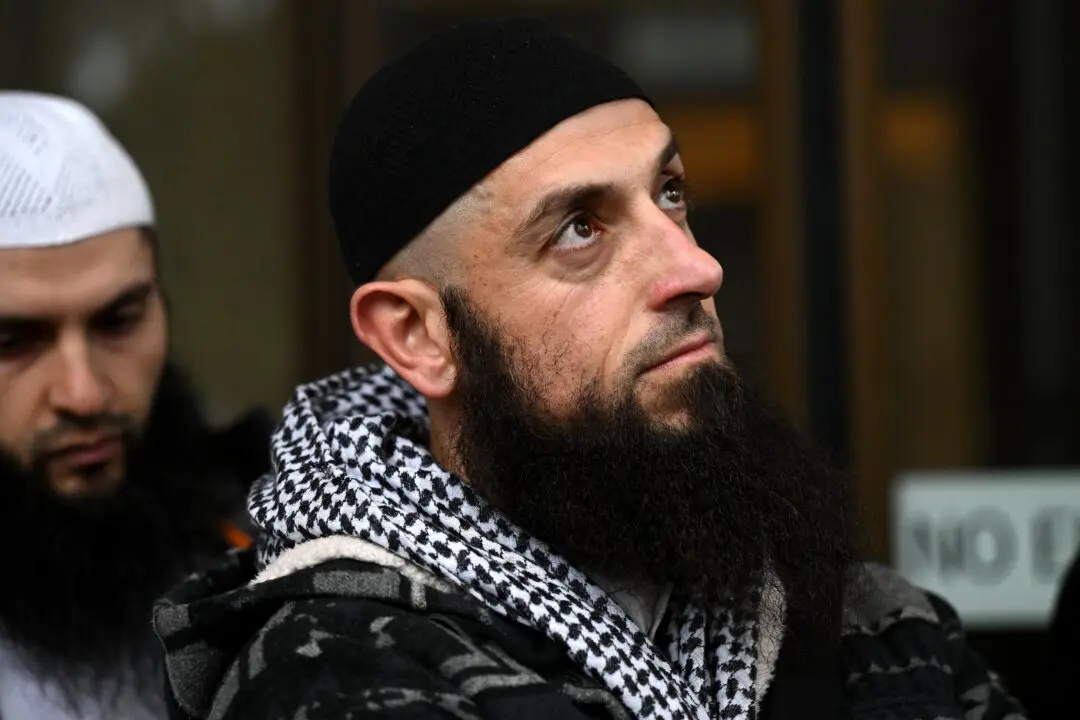The organisation that supports Aboriginal weaving artists working in the remote Central Australian desert is facing a fuel bill of A$55,000 (US$36,890).
The Tjanpi Desert Weavers represents more than 400 Anangu and Yarnangu women artists on the NPY (Ngaanyatjarra Pitjantjatjara Yankunytjatjara) Lands.





